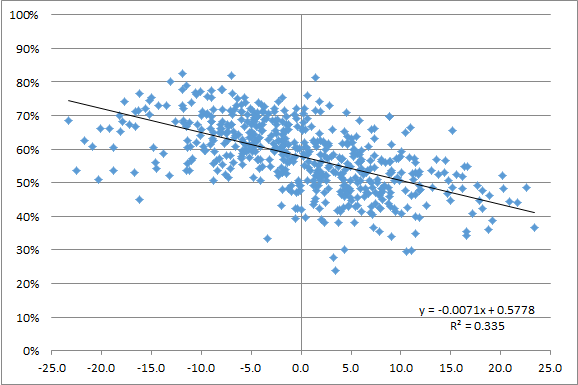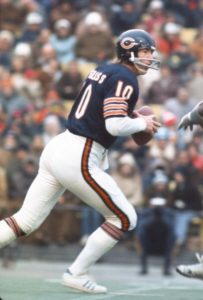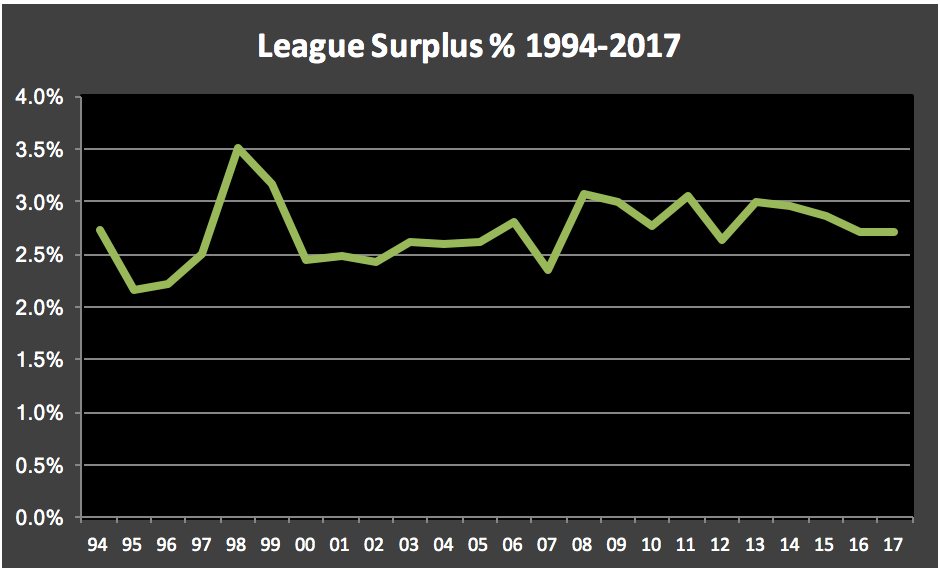
The community make this site number one.
On June 15, 2012, Football Perspective was born. Since that day, Football Perspective has published at least one new article
every single day. This is the site’s 2,363rd post: You can view every article ever written at FP
here, and at the top of each page on this site is a link to the
Historical Archive, which is also updated after each post is published.
At some point, The Streak will end, and that’s okay. You guys have already made this site way more successful than it ever should have been. It is never lost on me how lucky I am to have a community where people are willing to take time out of their busy lives to check Football Perspective. And in an era where civility is moving in inverse relationship to interception rate, it’s inspiring the way you conduct yourselves. The comments sections on the internet are known for being awful and trending downward, but you go out of your way to be civil to others and to provide thoughtful, intelligent, helpful, and meaningful responses. There really is a Football Perspective community, and it’s a very cool thing. Getting to know you, getting help from you, and just learning and enjoying football with you is an awesome experience.
It’s also important to pay it forward, and a few years ago, I chronicled my history as a football writer. I hope that article is inspiring to young and old writers across the football universe, or at least not too demoralizing. But if there’s one thing I’ve learned in my 16 years as a pro football writer, it’s that you are the sum of your connections. And nobody is more fortunate than me in that regard.
I have been influenced by some of the best people — and minds — in our football world: David Dodds and Joe Bryant at Footballguys.com, Sean Forman, Neil Paine, and Mike Kania at Sports-Reference.com, and the incomparable Doug Drinen at both sites. Without each of those six people actively and continuously supporting me, my life would be materially worse, and oh yeah this website wouldn’t exist.
Writers like Bob Henry, Sigmund Bloom, Matt Waldman, Maurile Tremblay, Jason Wood, and many others at Football Guys have been great friends and sounding boards over the years. Jason Lisk, Chris Brown, Scott Kacsmar, Sharon Katz, Mike Clay, and Stephanie Stradley have been really smart, thought-provoking individuals who have helped shape my thoughts, both inside and outside of football.
Brian Burke, Aaron Schatz, and Bill Barnwell all could have been competitors, but have instead gone out of their way to promote me and my little site. Bill in particular has been kind enough to use his large platform to frequently drive traffic to this site and has become a good friend in the process. I met him after starting this site. How neat is that?
I’ve been lucky to get to know a number of people who work in the NFL, and they are much kinder, smarter, and interesting than you would think. It’s fascinating to get a glimpse into what’s going on behind the curtain, and I thank all of them for that.
Without my guest writers, the Streak would have died long ago. A sincere thank you to Bryan Frye, who has always been willing to help and is a brilliant football mind. It’s incredible having people like Bryan, Brad Oremland, and Adam Harstad — three guys who know as much about football as anybody — constantly contributing to this site. There have been many great guest posts at Football Perspective over the years (yes, that link will let you see all of them), and I thank all of them for their hard work.
I’ve also been happy to see some of my former guest writers move on to bigger and better things, from working at larger sites to having success in other football industries to working in the league. What’s cooler than that?
Your contributions to Football Perspective is what makes this a website and not a diary. A special thanks to all of you. Every day, I consider myself lucky to be able to participate in a community where people willingly take time out of their busy lives to check this little site. But today, I consider myself just that much luckier.











